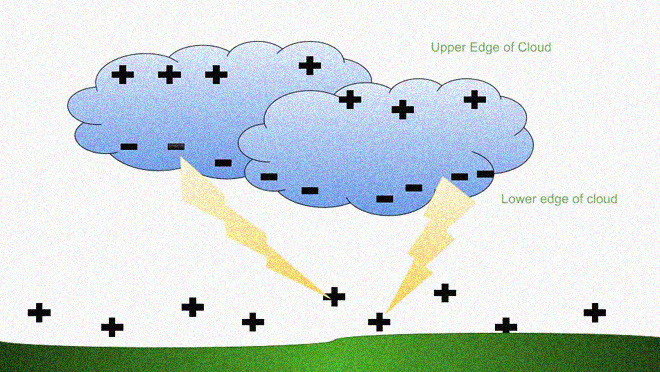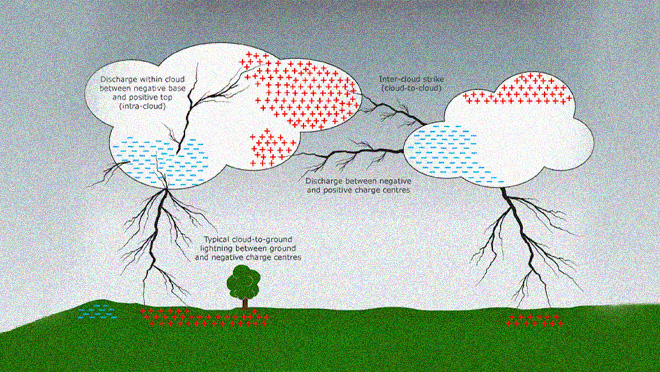The hidden power behind soft clouds
The hidden power behind soft clouds

Clouds are among the most beautiful and mysterious features of our sky. They look soft, fluffy, and light almost like sponges floating in the air. But what makes clouds appear that way, and how do they relate to the powerful forces of lightning and thunder that sometimes burst from within them? Let’s explore the science behind it.
Why clouds look soft
Clouds are made up of countless tiny water droplets and ice crystals that are suspended high in the atmosphere. Each droplet is extremely small, usually less than one hundredth of a millimeter in diameter. Because they are so light, the upward movement of warm air (called updrafts) can keep them floating instead of falling to the ground. When sunlight passes through these droplets, it scatters in all directions, creating that soft, white, cotton-like appearance.
Even though clouds look thick and solid, they are actually very light and airy. A cloud that looks heavy enough to hold in your hands may in fact weigh hundreds of tons, but the water is spread out over such a large area that it feels like mist or fog when you move through it. That’s why skydivers or airplane passengers who pass through clouds don’t feel any solid resistance just cool, damp air.
How lightning is created
Inside a thundercloud, also known as a cumulonimbus cloud, powerful air currents constantly move up and down. As warm air rises and cold air sinks, tiny particles of ice and water bump into each other. These collisions cause electrons to be transferred from one particle to another, creating regions of positive and negative electrical charge within the cloud. Over time, the top of the cloud becomes positively charged, while the bottom becomes negatively charged.

The difference in charge between these regions builds up electrical potential energy. The negatively charged bottom of the cloud also induces a positive charge on the ground beneath it by repelling electrons in the Earth’s surface. When the electrical tension becomes too great for the air to resist, a massive electrical discharge occurs. This is what we see as lightning. It can happen within the cloud, between clouds, or between the cloud and the ground.
Lightning is unimaginably hot about 30,000 degrees Celsius, which is five times hotter than the surface of the Sun. This extreme heat makes the air around the lightning bolt expand violently and then contract as it cools down. That rapid expansion and contraction produce a shock wave that we hear as thunder.
How thunder is produced
Thunder is the sound made by the superheated air caused by lightning. Because light travels faster than sound, we see the lightning flash first and then hear the thunder a few seconds later. The delay between them helps us estimate how far away the lightning strike occurred roughly three seconds per kilometer.

In essence, clouds may look soft and harmless, but inside them lie powerful natural processes. The same fluffy structures that float peacefully across the sky can, under the right conditions, produce lightning bolts and thunderclaps strong enough to shake the ground. Nature’s balance between calm beauty and raw power is perfectly displayed in a single thunderstorm.


